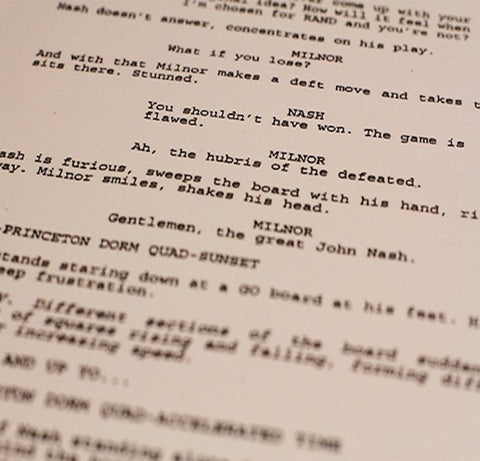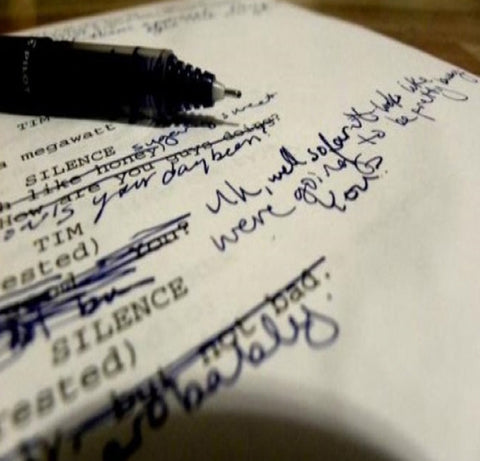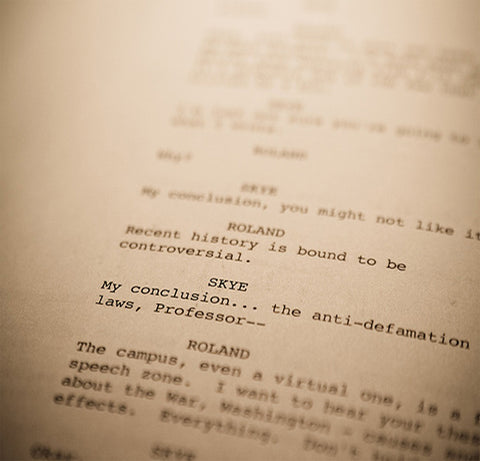
ON SUBVERSION
Like many industries, film (and scripts by extension) runs on cycles, which in turn are often defined by buzzwords. The current buzzword we often hear is “subversion.” As in: “We’re looking for scripts that subvert the paradigm.” Or: “We’re looking for projects that feel subversive.”
We might naturally ask what is meant by “subversive.” But it’s kind of like “high concept” or “elevated” in that it’s less of a concept that adheres to a hard and fast definition than a you-know-it-when-you-see-it sorta deal.
However, we can discuss “subversion” as a shorthand for the idea of subverting expectations. The latter concept being that, if the reader audience expects the story to go one way, they are pleasantly surprised when it takes a different turn.
The key word here is “pleasantly.” Because it’s very easy to engage in subversion just for the sake of subversion. For example, if we expect red, but we get blue instead, the script should have a reason why blue makes sense, and blue is better. Not just that it’s blue because we didn’t expect blue, we expected red, so thereby the choice is “clever” and “subversive.”
THE LAST JEDI is often accused of this kind of storytelling. I won’t wade into that argument because I simply don’t care, but that film generated enough controversy that we might use that as an example of unsuccessful subversion.
But on the flipside, we could look at horror titles like FROM DUSK TIL DAWN and the more-recent BARBARIAN as movies that subvert expectations. In both, we get a clear plot point at which the entire narrative shifts on an axis, and it becomes a different movie than the one we have been watching up until then. However, in both of those cases the subversion is sold; we understand why it’s blue instead of red.
We might say… well, plenty of movies have twists; does a twist make a particular take subversive? To which we might answer; sort of. A twist often comes in the climax, at or near the very end. To subvert a take, we use the language of cinematic storytelling to lay track for the audience, showing them a movie in which the fully expect to be surprised by standard-issue twists of the genre, only to reveal not just a twist, but a completely new layer of storytelling at work.
Or: a film might be subversive if it’s simply killing a paradigm and wearing its skin in order to trick the audience into watching a completely different film. In that sense, we could call JOKER subversive; it’s a movie that’s wearing the guise of a superhero movie in order to lure the audience into watching its version of a Scorsese/Schrader film.
As mentioned, though, the goal of a subversive script or film remains the same as the non-subversive project. Which is: to entertain the audience by telling them a good story. Spitting in the chili subverts what typically goes on in the kitchen, but that doesn’t mean we should be serving it.




